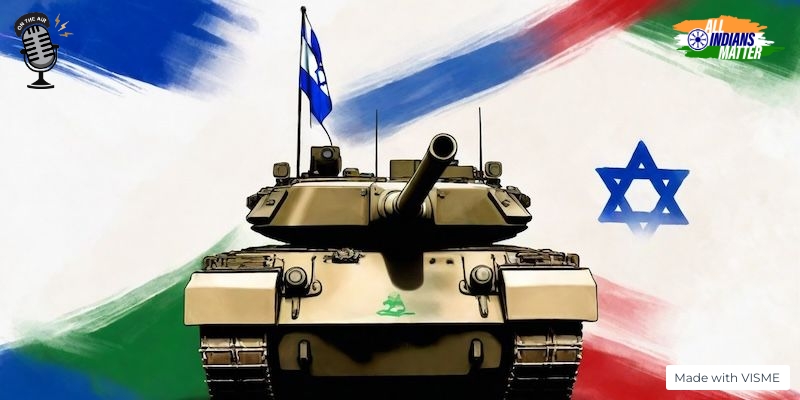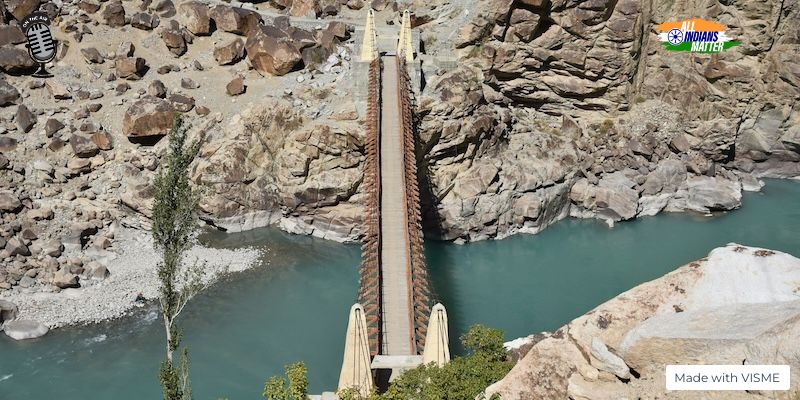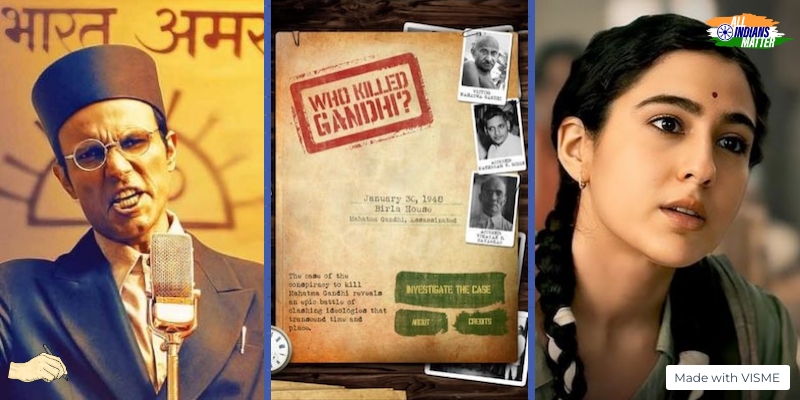Ashraf Engineer
December 11, 2021
EPISODE TRANSCRIPT
Hello and welcome to All Indians Matter. I am Ashraf Engineer.
December 4, 2021. The Indian Army’s 21 Para Regiment lies in wait to ambush what they think are Naga militants of the National Socialist Council of Nagaland. A pickup truck comes into view and the regiment perforates it with gunfire from automatic weapons. When the guns stop chattering, eight men are lying in a vast pool of blood – six of them dead on the spot. When the soldiers inspect the bodies, they find that all of them were unarmed. Soon, alarmed villagers arrive at the spot and identify the dead as local mine workers. They are poor and they are young. Incensed villagers, some of them carrying machetes, yell at the soldiers and a fight breaks out. Six special forces men are injured and one dies. Three SUVs that carried the soldiers are torched and the soldiers are forced to battle their way to safety, killing seven more villagers. Word spreads and a crowd gathers in Mon town, awaiting the villagers’ bodies. But the bodies don’t arrive and the angry crowd rushes to a nearby Assam Rifles post, setting it on fire. Now the Assam Rifles fire, killing one person and wounding six others. This is only the latest round of bloodshed related to an insurgency that has lasted decades and one that shows no sign of ending despite all the claims of progress.
SIGNATURE TUNE
The conflict in Nagaland has been raging for well over six decades. It’s a conflict between ethnic Nagas and the governments of India and Myanmar. The National Socialist Council of Nagaland (Khaplang) wants an independent ‘Greater Nagaland’, one that includes part of what is now Myanmar. It bases its claim on the ethnicity of people inhabiting these areas.
Nagaland has great strategic importance because it is located at the tri-junction of India and Myanmar. So, India is particularly worried about any disturbances there.
The story begins even before India’s independence. In April 1945, CR Pawsey, the deputy commissioner of the Naga Hills District, established the Naga Hills District Tribal Council as a forum of various Naga groups. In February 1946, it was reorganised as a political organisation called the Naga National Council of the NNC. Its objective was to work out the terms of the relationship with the government of an independent India.
The NNC and the then Governor of Assam, Sir Akbar Hydari, signed a Nine-Point Agreement which gave Nagas rights over their lands, and legislative and executive powers. No law from the provincial or Central legislatures could affect this agreement and the Governor of Assam, representing the Indian government, was to have a special responsibility for 10 years that this agreement was observed.
Here’s where the problem began. To Nagas, this clause meant independence from India at the end of the 10-year period. The Indian government saw it as the precursor to a new agreement.
Hardline NNC leader Angamu Zapu Phizo rejected the Nine-Point Agreement and declared Naga independence on August 14, 1947. He made great headway in selling the idea of Naga sovereignty to the local tribes and the NNC went on to hold a plebiscite on May 16, 1951. It claimed afterwards that 99.9% of the Nagas wanted independence from India. It remains unclear who exactly participated in the plebiscite and so the results have never found traction.
Nevertheless, the movement remained peaceful in the 1940s and early 1950s, turning into an armed conflict only later. The conflict was led by the NNC, which created the so-called Federal Government of Nagaland and an underground Naga Army. In response, the Centre sent in the Army and enacted the controversial Armed Forces (Special) Powers Act, or AFSPA, which grants soldiers wide powers of arrest, the right to shoot to kill and to occupy or destroy property.
At some stage, talks were initiated. After years of fruitless dialogue, the Shillong Accord was signed in 1976 with underground groups but was rejected by most NNC leaders on the ground that it forced Nagas to accept the Indian Constitution.
Five years later, NNC leaders Isak Chishi Swu, Thuingaleng Muivah and SS Khaplang broke away to form the National Socialist Council of Nagaland or NSCN to pursue an armed struggle. In 1988, the NSCN split again into the NSCN (IM) led by Isak and Muivah and NSCN (K) led by Khaplang. In 1997, the NSCN (IM) signed a ceasefire with the Central Government.
Since then, there have been nearly 100 rounds of talks. In August 2015, the group signed a framework agreement with the Indian government for the Naga Peace Accord but no accord was signed. In fact, things seem to have unravelled.
Some believe that things went south after the interlocutor for the talks, the then Governor of Nagaland, RN Ravi, felt that the NSCN (IM) and the Indian government differed in their understanding of the agreement. The group wanted a Naga constitution, and a Greater Nagalim that stretched beyond present Nagaland. However, there are other versions that claim the NSCN (IM) had actually softened its stand.
Whatever the truth is, in a letter to Prime Minister Narendra Modi in 2020, the NSCN (IM) accused Ravi of attempting to “segregate Naga civil society”. Ravi, on his part, had expressed frustration earlier at the delay in finalising the deal. An angry Ravi wrote to Chief Minister Neiphiu Rio, calling the NSCN (IM) an “armed gang” that was running a “parallel government”.
NSCN (IM) responded by taking a hard line, saying the Naga flag and constitution were non-negotiable. It went on to claim that the framework agreement included the unification of all Naga areas in Assam, Arunachal Pradesh and Manipur. And it accused Ravi of deleting key words in the agreement that suggested Nagaland would coexist with India as a sovereign.
Ravi rejected this stand, warning that “any misadventure to disintegrate this great nation shall not be tolerated”. He also continued to engage with other Naga groups, saying the accord would be signed without the NSCN (IM) if needed.
Ultimately, the Centre roped in former Intelligence Bureau officer AK Mishra as the new pointsperson and Ravi was shifted to Tamil Nadu as Governor.
Mishra has a tough task ahead. He needs to be at his diplomatic best while trying to solve a very complex issue. Among the demands on the table are a bicameral Assembly with at least 40 nominated members representing different tribes, absorption of armed cadres in the Indian paramilitary, setting up of autonomous councils in Naga areas of neighbouring states and the use of the Naga flag for ceremonial events.
Managing each of these demands will be a tightrope walk. What the government agrees to could trigger similar demands from other insurgency-hit areas, so it needs to be careful. But by far the toughest job will be to manage the rival groups, each of which claims to be the true representative of the Nagas.
A misstep could send the state hurtling back into a vortex of violence that could again take years to calm. Let’s hope that the killing of innocent villagers by the armed forces isn’t the spark that lights the fire.
Thank you all for listening. Please visit allindiansmatter.in for more columns and audio podcasts. You can follow me on Twitter at @AshrafEngineer and @AllIndiansCount. Search for the All Indians Matter page on Facebook. On Instagram, the handle is @AllIndiansMatter. Email me at editor@www.allindiansmatter.in. Catch you again soon.






